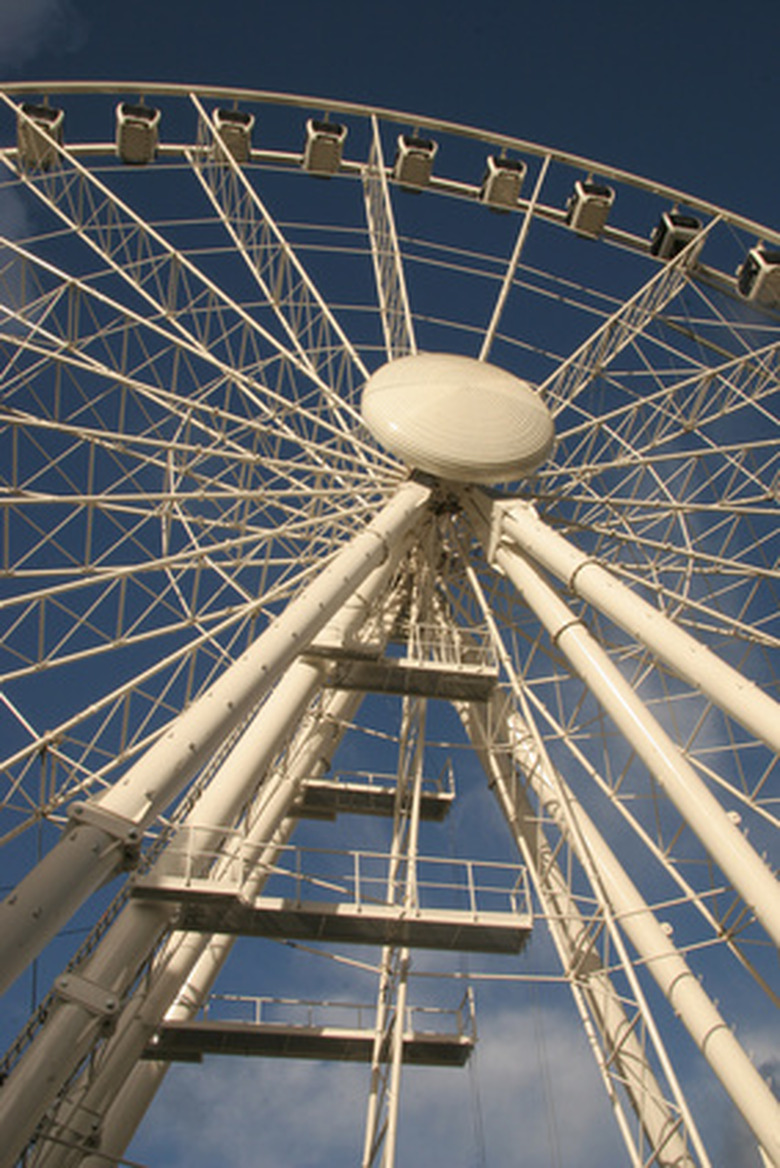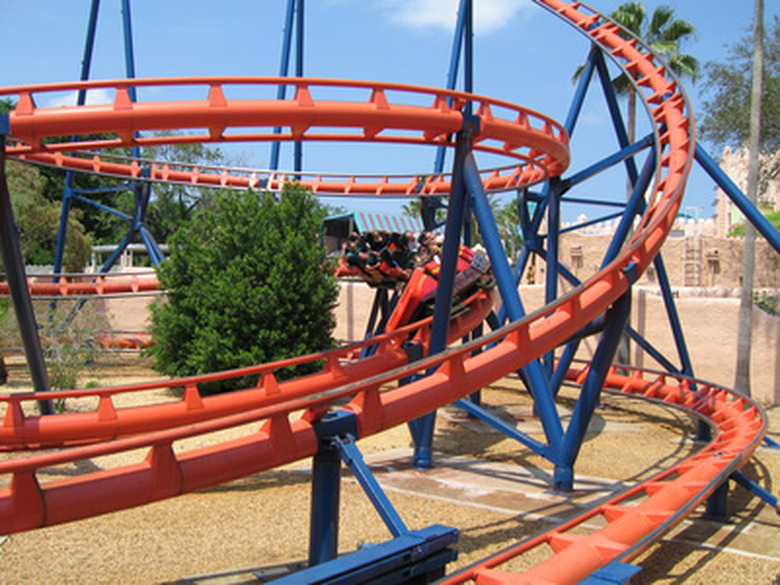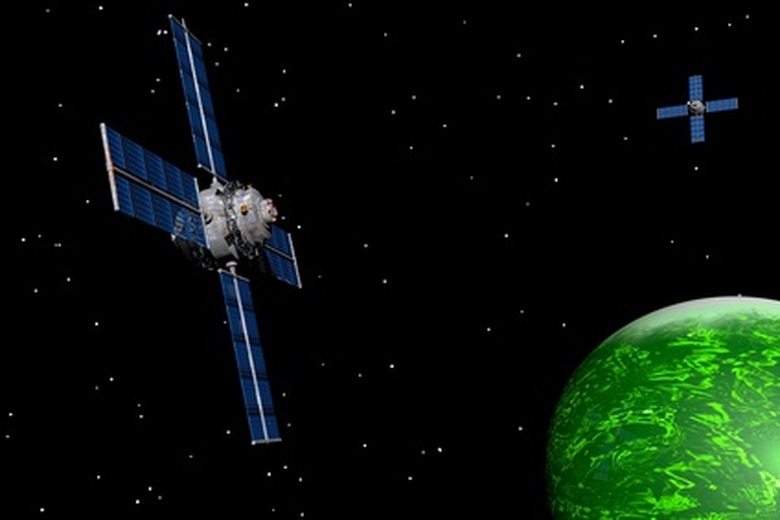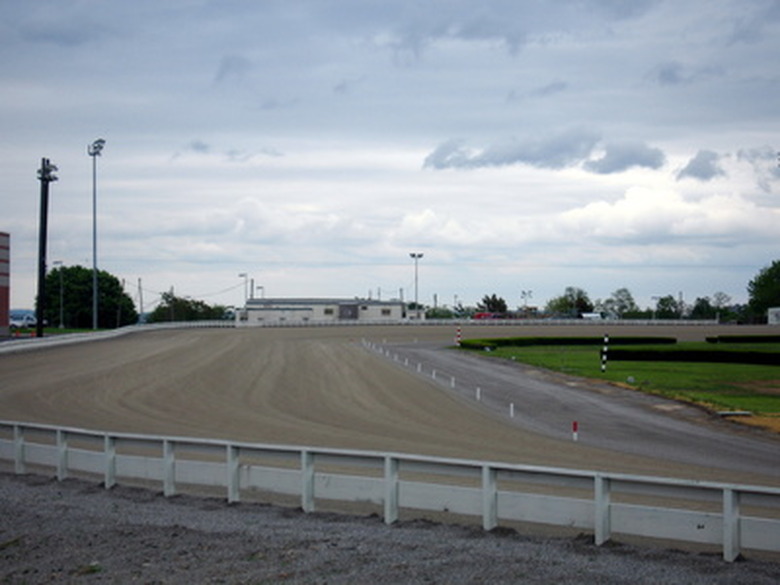Science Projects On Centripetal Force
Many people confuse centripetal force with centrifugal force, but the difference between the two is easy to demonstrate. Centripetal force is the product of the laws of motion and gravity. It defines how gravity works, and explains the orbits of the planets and moons. Many of the things you see and use on a daily basis make use of centripetal force, which can be easily represented in science projects on all experience levels.
Comparing Centripetal and Centrifugal Forces
Comparing Centripetal and Centrifugal Forces
Centripetal force is a combination of gravity and the first law of motion (an object at rest tends to stay at rest and an object in motion tends to stay in motion with the same speed and in the same direction unless acted upon by an unbalanced force.), while centrifugal force is an illusion of a force created by the third law of motion (For every action there is an equal and opposite reaction). To demonstrate this concept, show how water is kept within a bucket by the walls of the bucket when it is spun horizontally and then kept from falling out of the bucket when it is spun vertically in a circle. Centrifugal force depends on the solid walls of the bucket to appear to exist, while centrifugal force behaves according to the fixed rules of nature.
Demonstrations of Centripetal Force
Demonstrations of Centripetal Force
Centripetal force can be demonstrated using centrifugal methods, from spinning an object on a string to the behavior of a roller coaster as it twists, turns and spirals along a track. Use a poster presentation to give diagrams and display other examples of centripetal force in action. More advanced students can expand on the principles of centripetal force to explain the behavior of comets and asteroids, explaining how centripetal force interacts with gravity to make minute changes in orbits. This type of project can even examine the launch and flight path of vehicles launched from earth, and how centripetal force is applied to their trajectories.
The Solar System
The Solar System
Our solar system exists because of centripetal force. Planets orbit the sun because they are at just the right distance that they cannot escape its pull, even though they are hurtling through space without any apparent bonds to the sun at all. Similarly, a display of the moons of Jupiter would illustrate how centripetal force holds objects of different sizes and densities according to their distance and rate of travel. Use project boards to display the mathematics involved and explain how those equations are applied to the physical world.
Applications of Centripetal Force
Applications of Centripetal Force
The slight slope that many roadways make as they go around a curve is centripetal force applied to highway design. Amusement rides use centripetal force to achieve sudden twists or complete vertical loops without dislodging passengers. Examples of this force are visible in all aspects of daily life, and a project that explains how it is used in different ways can be used to demonstrate the importance it has on everything we do because without it, we would be flung off into space.
References
Cite This Article
MLA
Golden, Roger. "Science Projects On Centripetal Force" sciencing.com, https://www.sciencing.com/science-projects-centripetal-force-6601914/. 24 April 2017.
APA
Golden, Roger. (2017, April 24). Science Projects On Centripetal Force. sciencing.com. Retrieved from https://www.sciencing.com/science-projects-centripetal-force-6601914/
Chicago
Golden, Roger. Science Projects On Centripetal Force last modified August 30, 2022. https://www.sciencing.com/science-projects-centripetal-force-6601914/




